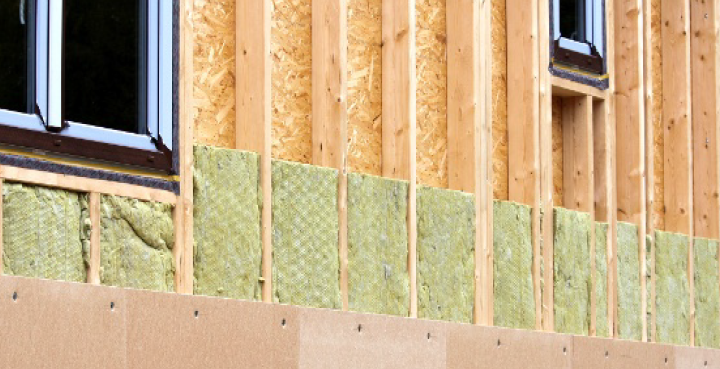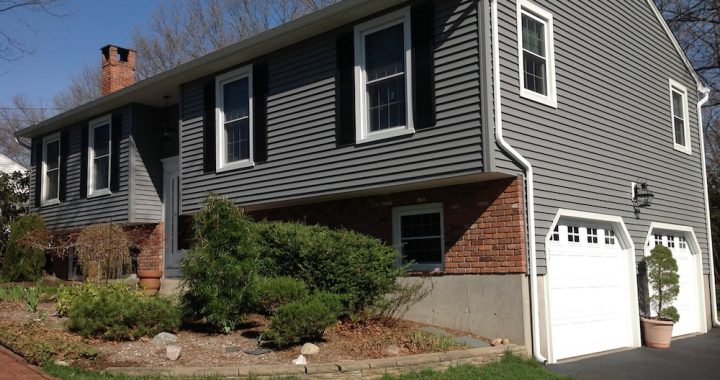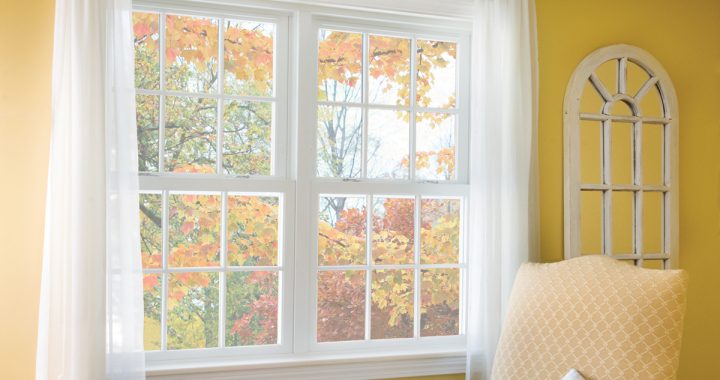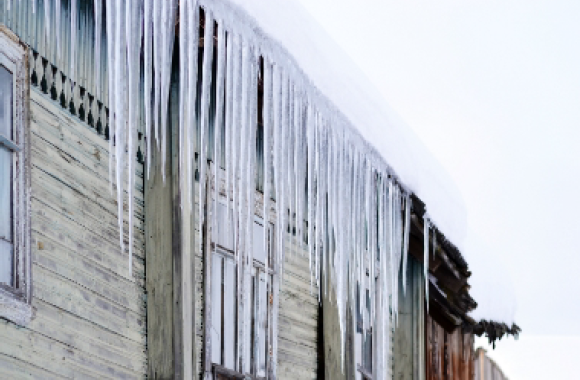Insulation and Minimizing Heat Loss In Your CT Home
Many older homes in Connecticut are quite drafty. Besides being uncomfortable, the loss of heat can be very expensive.
The more insulation you add today the less heat loss you will have tomorrow.
You can add insulation to the walls of your home, but you can look also add insulation to attic floors and basement ceilings. You can replace your windows and doors with energy-efficient replacement windows and doors. And you can use insulation to seal leaks.
DEFINITION: The definition of insulation is to provide resistance to heat flow. The more resistance your insulation provides, the lower your home heating and cooling costs will be. By adding insulation to certain areas of your home you can start to save money immediately. Many homes that are under-insulated or UN-insulated can experience high heating costs, leaks, and discomfort in your home.
Insulating Your Attic Floor
As we all know heat rises, so leaving your attic un-insulated is like leaving your front door open all winter. You want to prevent as much heat from escaping as possible and by adding insulation you can do just that. Think of your home’s insulation as a blanket.
Insulation for Basement or Crawlspace Ceilings
Since you spend most of the time in your home in between your attic and basement, it is important to insulate your basement ceiling as well. This will create a better environment for you and will help hold heat for longer requiring less from your furnace.
Filling In Leaks
There are a few areas that you may not think to check for leaks in your home. These smaller leaks can cost a lot of money in terms of heat loss.
- Window and Door Frames – Look at the areas around all of your windows and doors for openings and cracks. These leaks can be due in poorly installed windows and doors. Or the leaky areas form as your home settles. A temporary solution is to caulk these areas.
- Your Exterior Wall Sockets – The electric sockets on the exterior walls of your are very vulnerable to having leaks. Filling in the empty space around the socket will help stop leaks.
Seal Patio Doors
Older patio doors were not designed to be energy efficient. If you are not using these doors during the winter then it may help to completely seal them. By placing a plastic film over your door you can prevent all outside air from entering your home. Also when the weather starts to warm up then removing the plastic is easy and doesn’t damage your doors or door frames.
Replacement Windows and Doors
Your windows and doors are your home’s main source of heat loss and air leaks.
Windows in older homes were not insulated. Today you can plan on new energy-efficient replacement windows. We recommend and install Harvey Windows. When you install Harvey windows your home will instantly become more energy-efficient and you can expect to see your heating costs drastically reduced.
Also, think about replacing your entry door. Older doors are notorious for being a major source of air leaks. An energy-efficient, fiberglass front door like Therma-Tru’s Fiber-Classic front doors are beautiful front doors with high-quality insulation and durability.
Sealing and insulating your home can pay for itself over time – it can can greatly reduce your home’s heat loss.
Enjoy these tips and many others from the experts at J.C. Tonnotti.
Contact us if you are looking to replace your windows and doors.
TIP: The Energize Connecticut initiative helps you save energy in your Connecticut home or business with rebates, financing, and services for energy efficiency and clean energy improvements.



